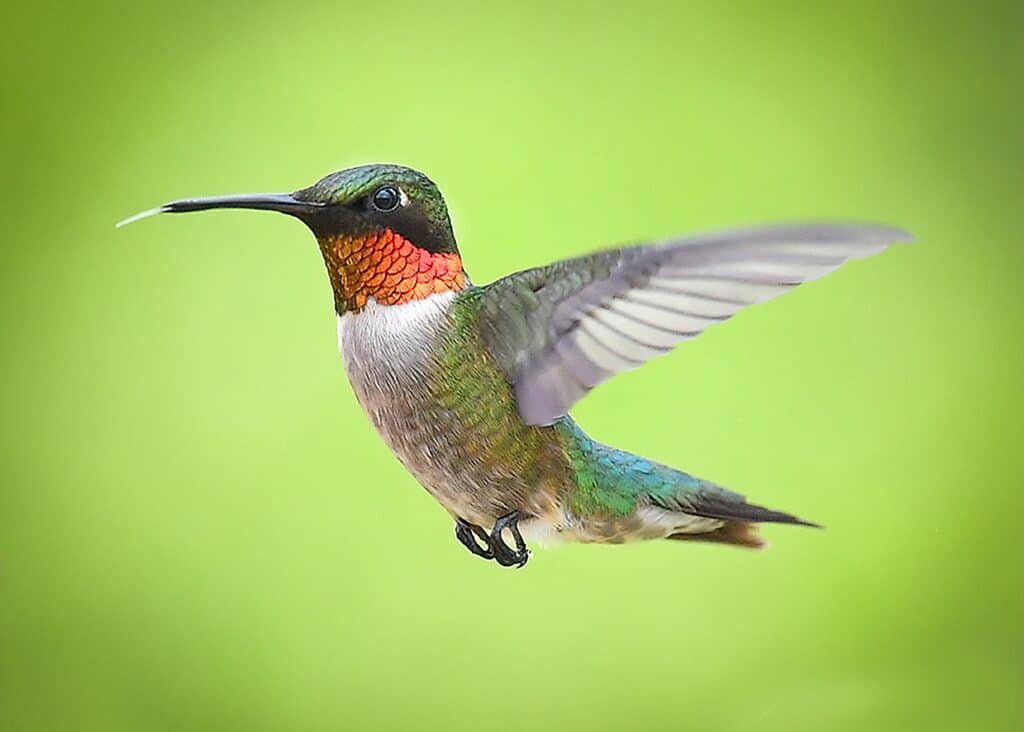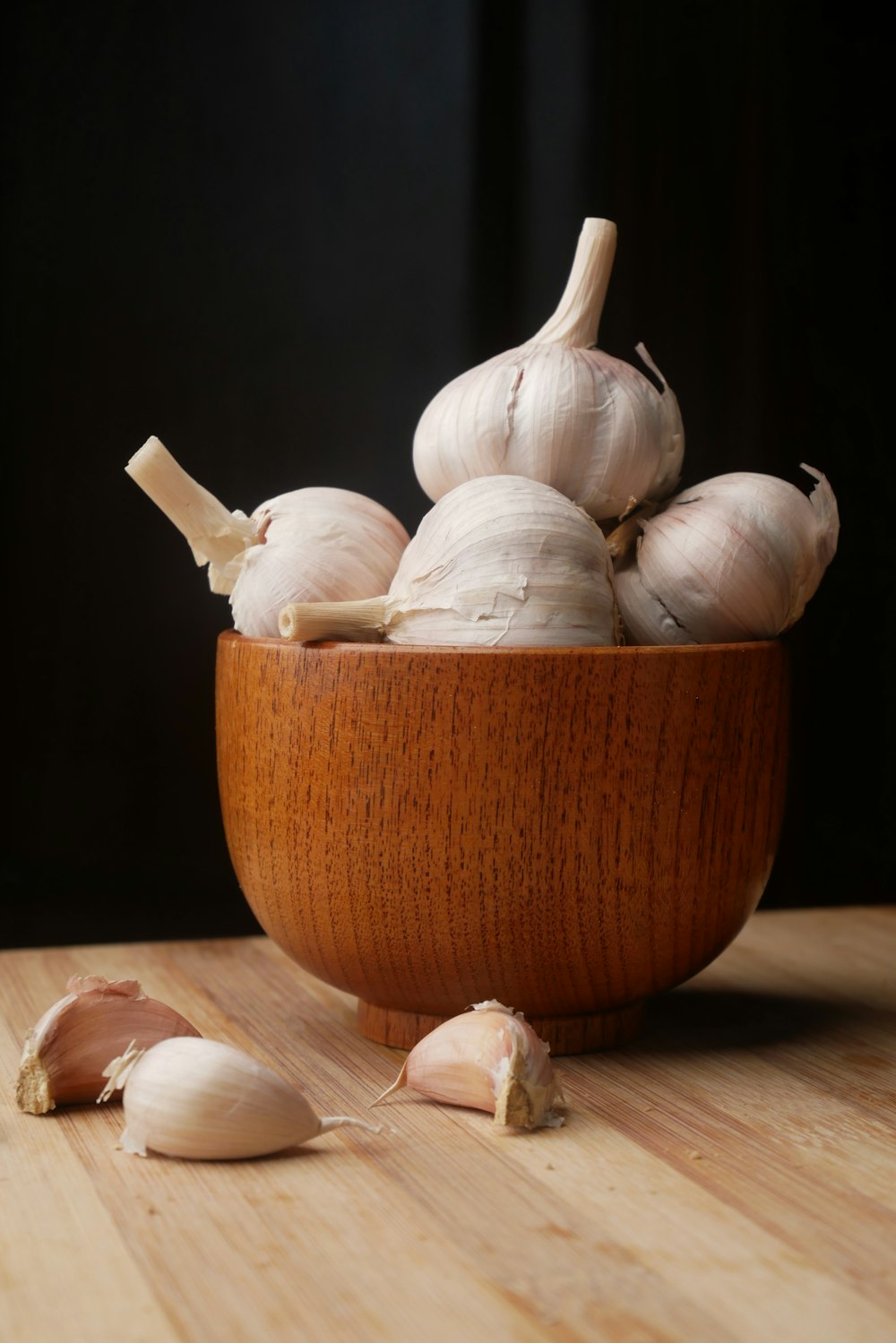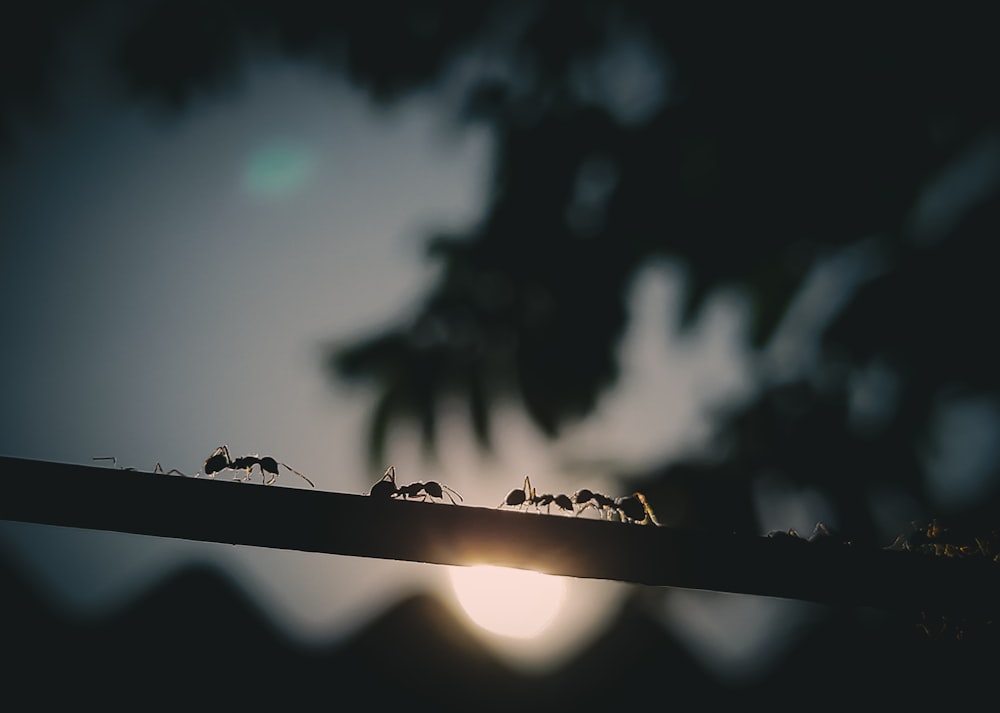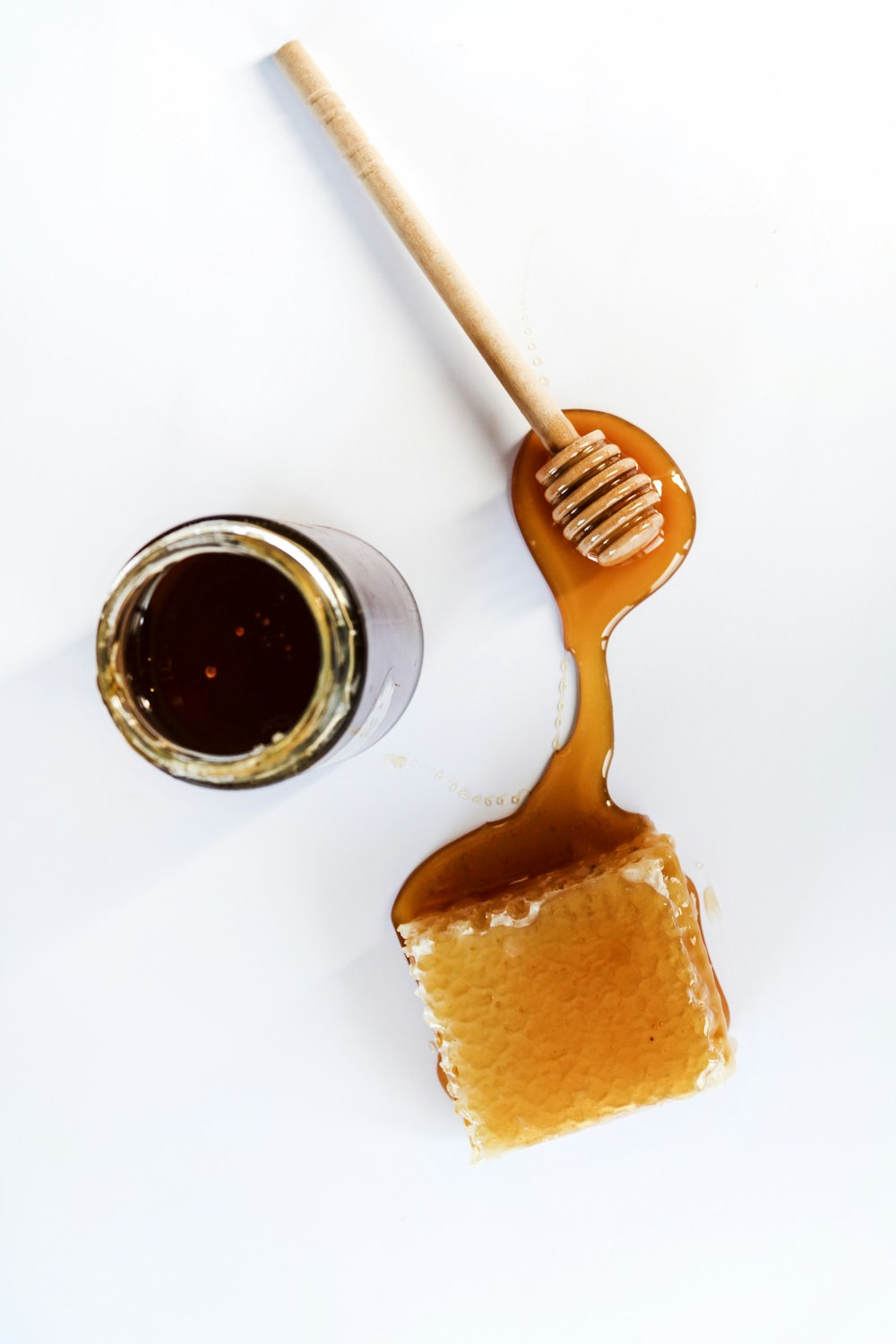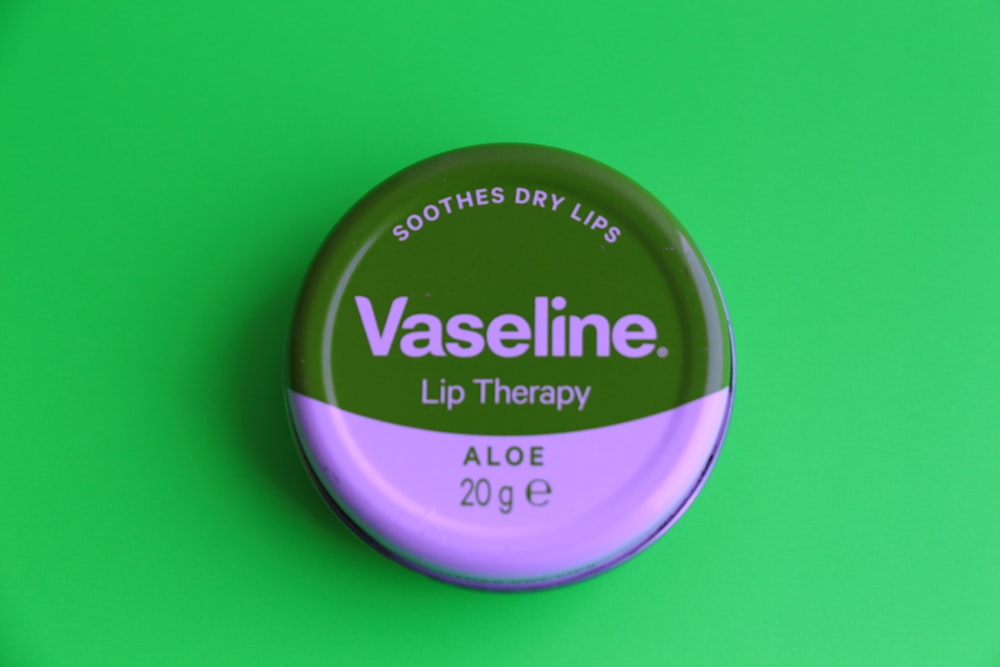Hummingbirds and ants have one thing in common: both love sweet nectar. However, hummingbirds avoid feeders that are swarmed by ants. The reason is that ants can contaminate the nectar, and hummingbirds avoid feeders filled with contaminated nectar.
To keep ants off your hummingbird feeder, you should hang the feeder with a fishing line, making it impossible for ants to climb into the feeder, leaving the food untouched. Other ideas like creating your natural ant repellant or hanging it above water can also work.
Make a Homemade Natural Ant Repellant
When dealing with nature, you have to keep it natural, right?
If you’re not a fan of plastics and pesticides, you can make your natural ant repellant using garlic, olive oil, a cotton pad, and a small container.
Steps to make your natural ant repellant
Follow these steps to make your natural insect repellent:
- Take one clove of garlic and mash it using a garlic masher, or you can use garlic powder instead.
- Put the mashed garlic paste or garlic powder into a small container.
- Fill one-quarter of the container with olive oil.
- Let the garlic paste or garlic powder mix with the olive oil for a while.
- Take a cotton pad and soak it with the solution.
Once the cotton pad is soaked, place it on the branch where you have hanged your hummingbird feeder.
Ants will not cross the cotton pad as the solution works as a repellant. So, use this method to keep ants at bay.
Important points to remember while using this method
- Make sure to gently squeeze the cotton pad after soaking it with the solution.
- The solution does not repel hummingbirds, but it is advised to keep it away from hummingbird feeders.
- Do not drop oil directly onto the branches where hummingbirds may perch.
- Make sure the other branches don’t touch the branch where the hummingbird feeder is hanging.
Install ant moats
If you don’t know much about an ant moat, it is a cup that encircles the hanger and is filled with water to prevent ants from reaching the nectar.
It is placed between the hummingbird feeder and the hanger rod.
Problem with Ant Moats in Dry Climates
An ant moat may not work well if you live near a highly arid area with significant humidity.
An Ant moat dries out quickly in summers, and ants can easily enter your hummingbird feeder’s feeding ports once there is no water in the ant moat.
You must keep the ant moat filled with water if you want it to keep the ants out of the hummingbird feeder.
Buy an ant moat or DIY ant moat.
There are two ways to keep ants out of hummingbird feeders using an ant moat: buy or make your ant moat.
If you’re looking to avoid the hassle and want a ready-made ant moat, you can find one in your nearby supermarket or buy it online.
[amazon box=”B0B63JQMYY”]
DIY ant moat
Quality ant moats can be pricey.
However, we have found a way to make your ant moat using the right materials that you can find easily in your home.
All you have to do is follow the below instructions and get done with ants ASAP!
To make your ant moat, you will need:
- Plastic bottle
- Utility knife
- Metal cutter
- A coat hanger
- Piece of cardboard
- Glue gun
Steps to make homemade ant moat
- Take a pop bottle and cut the top side of the bottle with a utility knife to make it look like a bowl.
- Cut a piece of coat hanger using a metal cutter.
- Drill a hole in the bottle cap (it should be smaller than the diameter of the coat hanger).
- Put the cap onto the bottle and turn the bottle upside down.
- Put some hot glue into the cap and let it cool down for a while
- While waiting for the adhesive to cool down, you can use a piece of cardboard to align the coat hanger rod.
- Bend the edges of the hanger rod to make them a hook.
And that’s it; you can make a homemade ant moat just like that.
Move your hummingbird feeder to another location
The easiest way to prevent ants from attacking feeders is to change their location frequently.
There’s no need to replace the existing feeder with a new one.
However, if you try it in a different spot, you could be pleasantly surprised by how few ants are around your feeder.
An ant leaves behind a scent trail after discovering a feeding station (like hummingbirds) to find the feeder again and call more ants quickly.
However, ants are slow, and they need some time to find a new feeding station once the location of the feeder is changed.
Fortunately, hummingbirds are good at spotting feeders as they have a bird’s eye. So, moving the hummingbird feeder can throw ants off the trail for a short period.
Yet, make sure you change its location regularly to make sure they give up looking for a feeder again (They never give up, though).
Clean Hummingbird feeders regularly
“One who maintains cleanliness keeps ants away”.
Remember this quote whenever you see an army of ants marching towards a hummingbird feeder.
Hummingbirds like their food clean, and ants can contaminate their food. It would be best to keep the hummingbird feeder clean so insects do not crawl into it.
Another good reason to clean your hummingbird feeder is that sticky substances attract ants.
Hummingbird nectar is a sticky substance that can easily stick to the walls of the feeder and attract ants.
If you haven’t cleaned your feeder in a while, ants have already found a way to your feeder.
Hummingbird feeders should be cleaned daily or twice a week when they are filled with nectar.
During a day break, take some time to clean the feeder and ensure the moat has been cleaned before refilling.
[amazon box=”B09N8G426Z”]
Use a micro-wire to hang hummingbird feeders
Ants cannot crawl on thin wires as their tiny legs cannot find a good grip on fine wires. You can use a fine wire to hang the hummingbird feeder.
It will keep ants from crawling down the rod and reaching the feeders.
Ants will crawl up to the feeder hangs just to be disappointed at the end of the day.
You would prefer to disappoint ants rather than hummingbirds, right?
Caution: Make sure you use a strong wire as most thin wires can break easily.
We recommend using a fishing line or a magnet wire as they have the strength to hold heavy weights.
[amazon box=”B08KZPHDPY”]
Wrap an adhesive tape
Adhesive tapes are sticky, and ants hate to walk on the sticky surface. Ants are intelligent insects; they calculate every step they take.
They will avoid walking on an adhesive material that can trap their legs.
However, humans are smarter (we think).
You can wrap adhesive tape on the top of the feeder rod where ants usually crawl down to the hummingbird feeder.
Ants will avoid walking on the tape as they constantly watch their steps.
Caution: Make sure you don’t wrap it near the feeder as hummingbirds don’t like their feet dirty.
As a precautionary measure, you can also wrap it around the tree trunk where your feeder is hanging.
This way, ants will climb up to the tree trunk just to be disappointed at the end of the day. You would prefer disappointing ants rather than hummingbirds, right?
[amazon box=”B0000DH4ME”]
Try bay or mint leaves
Here’s a fun fact: ants have more smell receptors than most other bugs. (Source)
Well, it is safe to say that these pesky ants have some super-smelling powers after all.
But, here’s another fun fact: ants can’t stand the scent of bay leaves or mint leaves as they prove to be too much for the ants to smell.
Bay leaves, and mint leaves have a strong scent.
Ants can detect the scent of bay leaves and mint leaves using their antennae from a long distance. You can leverage their super-scenting ability and use it against them.
All you have to do is place some bay leaves or mint leaves on the feeder. Additionally, you can put some of them on the ground.
Remember to replace those leaves in a day or so because these leaves can lose their scent quickly in summers.
Alternatively, if you’re worried about replacing mint leaves regularly, you grow some mint near the hummingbird feeder. Mints are easy to grow and do not require much attention.
The best situation would be to have a bay tree in your garden. If you have one, you must consider changing your hummingbird feeder near it as its scent can repel ants.
[amazon box=”B07TK2G183″]
Repair feeder leaks
Ants adore sugar water. (who doesn’t?)
If sweet nectar from a hummingbird feeder leaks out onto the ground, you invite an army of ants towards the hummingbird feeders.
You can look for any leaks or cracks, and make sure to seal it off as soon as you can with tape.
To make sure the feeder’s components fit together perfectly, tighten any loose pieces.
Nectar can heat up in the sun and transform into a thinner liquid that can seep through minute cracks, which is one of the reasons why nectar leaks from bird feeders.
Try setting up your feeder in a partially shaded area to get around this problem.
Hummingbirds might be unable to locate the feeder if it is hung in a location with no natural sunlight; therefore, avoid doing so.
Once ants have found the feeder, you can relocate it frequently because it might be more challenging for them to see it in a new place.
Use cinnamon candies
Hummingbirds don’t mind the taste of cinnamon, but the ants hate it.
So, you can mix one tablespoon of melted cinnamon with one cup of sugar and two cups of hummingbird mixture.
The only problem with using cinnamon is that it can attract bees. If you’re living near a bee hive, you will surely attract bees.
But, we have a way to keep both ants and bees from harassing hummingbirds (like we always do).
All you have to do is buy some tea tree oil and follow the instructions below.
Here’s how it works:
- Put a tree tea oil on a cotton bud
- Rub the cotton bud on the feeding station.
This method will keep both ants and bees away from your hummingbird feeder.
Use Permethrin to kill ants
If you’re looking for a long-term solution, you can buy a light insecticide called permethrin.
Permethrin is an insecticide that can repel ants for 30 days. You can find it in a farm store or buy it online.
It comes in a liquid form and as a spray, but we would recommend buying a permethrin spray.
All you have to do is spray it on the top of the hummingbird feeders and let it dry for a while.
The most exciting thing about permethrin is that it can also kill other insects.
Another way is to buy an ant guard containing permethrin. (More Reading on Permethrin)
Buy an ant guard with permethrin to stop ants out of hummingbird feeder
Another way is to buy an ant guard composed of permethrin.
To get to the bird feeding spots, the ants can build bridges to avoid water in an ant moat. They join their legs to make a bridge and let some ants pass to the feeders.
There are various ant guards available online that are composed of permethrin. An ant guard can repel ants but cannot kill them. Ant guards can be used as a precautionary measure as an ant moat will deter many ants.
However, the added security is helpful.
If looking for a quick fix that lasts for 30 days, permethrin is what you’re looking for.
[amazon box=”B007TA5QNA”]
Hang your feeder above the water
If there is one thing ants cannot do is to swim.
Ants are not the best swimmers. But they are known to be mobile and capable of constructing bridges.
However, they cannot make bridges over large surface areas.
Hummingbird feeders look fantastic in gardens with fountains.
If you’re fortunate enough to have them, consider hanging your hummingbird feeder over a fountain.
Not only will a fountain deter ants, but it would also attract hummingbirds. Those beautiful birds can take a bath in the fountain after tasting nectar.
All you have to do is hang your bird feeder above the water or a fountain with some excellent equipment, and it will keep ants at bay.
Avoid applying Petroleum Jelly!
Some recommend coating the hanger rod with Petroleum Jelly (Vaseline), grease, or vegetable oil to discourage ants.
But we do not! (Source)
Petroleum jelly and grease tend to melt and seep down toward the hummingbird feeder when it’s heated.
For the same reasons, avoid using vegetable oil or other oils on the feeder as they can drop onto the feeder.
We tried this one time, and we will never try it again.
The reason is that petroleum jelly is messy and bad for the birds. It can stick to their feathers and may create problems for them.
They will have trouble flying and protecting themselves from the heat and cold since they cannot remove it from their feathers.
We would recommend you buy an ant moat or an ant guard instead. Ant moats work perfectly if taken care of regularly. If you want to take some additional precautionary measures, you can always rely on the methods we have mentioned above.
Happy feeding hummingbird lovers! We appreciate your efforts and contribution to nature.
Other information that goes over essential ant prevention can be found here in these articles:
